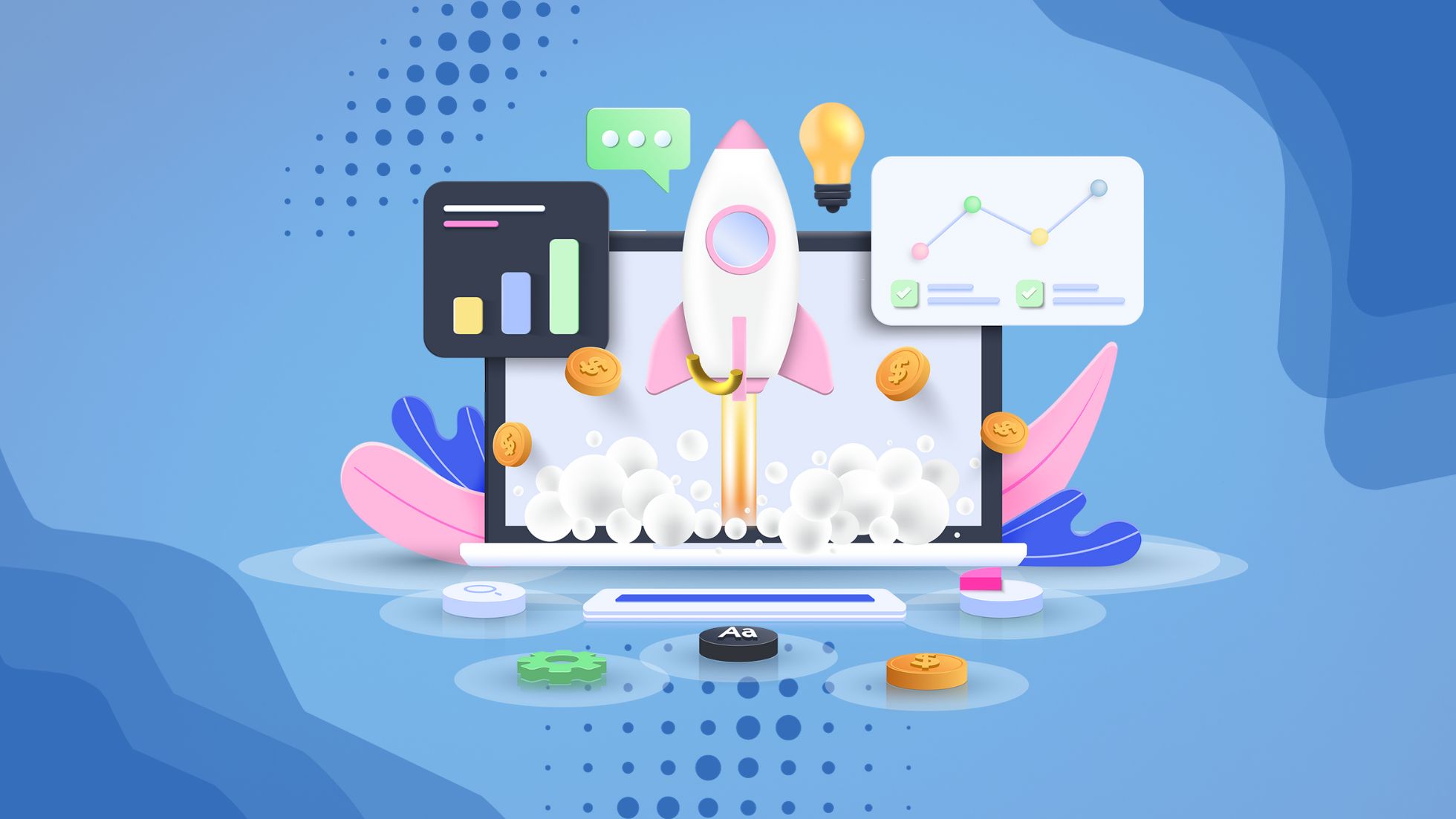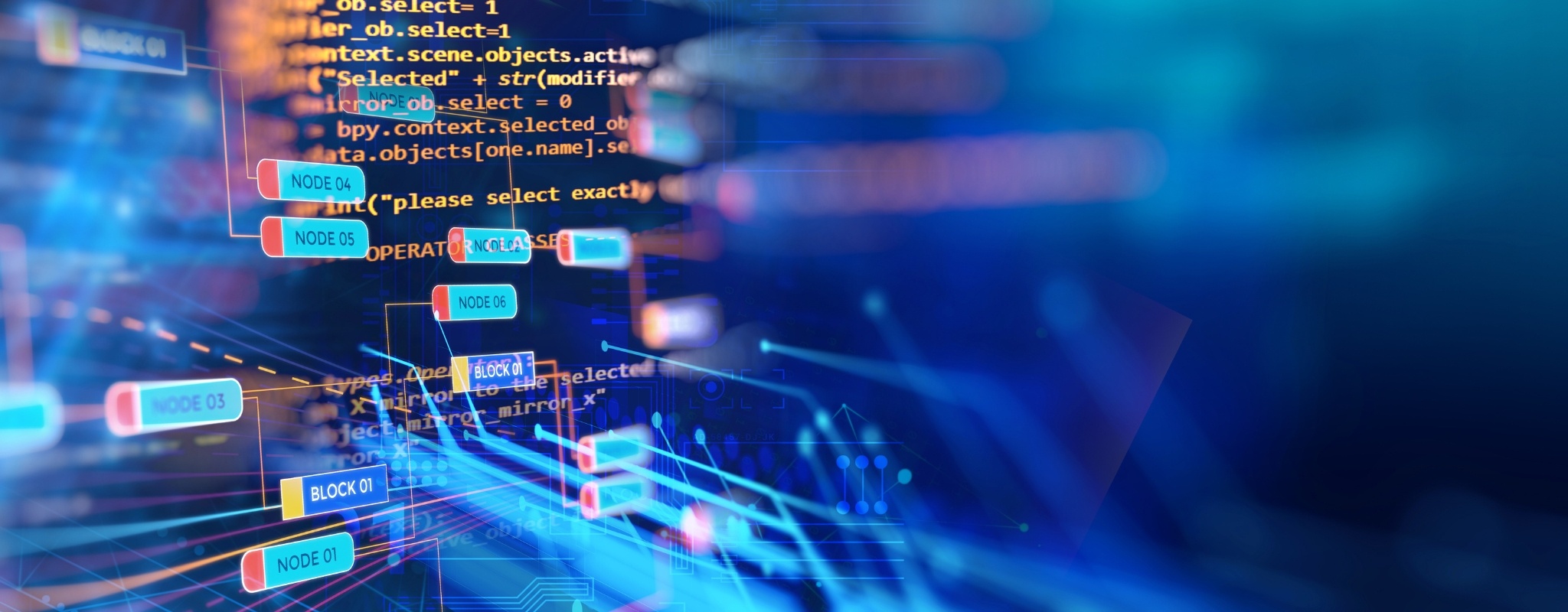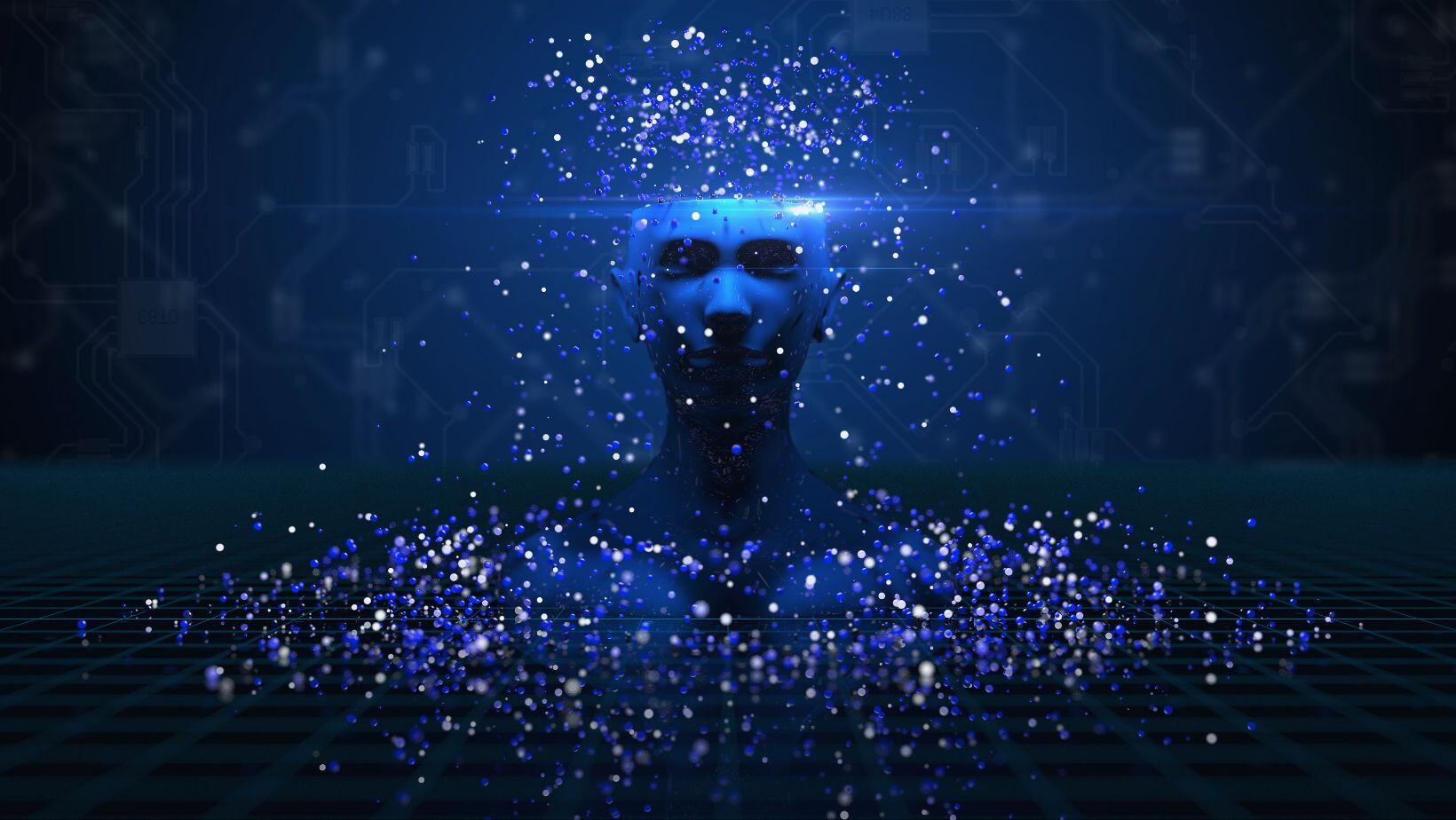From a much-bullied Jira to a hidden gem in Confluence, Atlassian Intelligence is quietly changing the game for team collaboration.
When you think of AI and collaborative graphs, Atlassian Confluence is probably not the first tool that pops into your head. In fact, if you’re anything like me, your colleagues are too preoccupied with ranting about Jira’s labyrinthine complexity to appreciate Confluence's stealthy brilliance. We've all been there—wrestling with project management in Jira, only to become the punchline of office jokes about tickets that never get resolved and workflows that resemble a spaghetti monster.
But here’s the thing: Confluence, nestled within Atlassian’s suite of tools, is truly a hidden treasure. While Jira often finds itself at the center of criticism, Confluence has quietly grown and, with the help of Atlassian Intelligence and its Teamwork Graph, is transforming the way we handle documentation. It gathers scattered knowledge from various platforms and presents it in ways I never imagined. While everyone else is busy grumbling about Jira tickets, I’ve discovered that Confluence is the unsung star, making collaboration smooth and effortless with its AI-powered features.
So, what if the tools we’ve been using aren’t the problem? What if the real solution has been hiding in plain sight, evolving into something powerful, yet underappreciated?
What if the real solution has been hiding in plain sight, evolving into something powerful, yet underappreciated?
Evolution from Hierarchical Systems to the Teamwork Graph
For decades, organizations have relied on hierarchical structures, with documents stored in folders and workflows driven by static file systems. This method, while effective in the past, increasingly struggles to accommodate the dynamic nature of modern teamwork. Information silos, version control issues, and scattered conversations across multiple apps like Google Docs, Slack, or Microsoft Teams create inefficiencies. Atlassian’s Teamwork Graph, combined with Atlassian Intelligence, offers a transformative shift from these outdated models to a more interconnected and intuitive collaboration framework.
The classic document and folder hierarchy may seem structured, but in reality, it often forces teams to spend unnecessary time tracking down information. These systems rarely capture the fluidity of real-world collaboration, where decisions are made across tools, conversations happen in diverse apps, and tasks evolve dynamically. Atlassian’s Teamwork Graph tackles this by mapping how people and tasks are connected across different projects and services.
More importantly, this Teamwork Graph is now enriched by Atlassian Intelligence. AI leverages vast datasets to create a dynamic and evolving understanding of how teams work. It integrates not just internal systems like Jira and Confluence but also pulls in data from third-party apps like Google Docs and Slack (1) (2). This transition from a static, hierarchical structure to an AI-enhanced graph of workflows marks a significant evolution in how organizations can approach productivity.
Breaking Down Barriers
A notable aspect of this innovative approach is its capability to integrate data from external, third-party applications. This integration provides a comprehensive view of team dynamics by incorporating information not only from internal sources but also from the entire ecosystem where work is conducted (2). Unlike the confined silos of hierarchical systems, the Teamwork Graph visualizes these varied connections, allowing teams to access deeper insights and contextual understanding.
Consider a situation where project documentation resides in Confluence, real-time communication occurs in Slack, and a presentation is being developed in Google Slides. In a conventional system, consolidating these elements would require manual effort, often leading to the loss of vital information. However, with the Teamwork Graph, Atlassian Intelligence integrates data from all these sources, automatically providing insights rich in context. Whether it involves summarizing decisions from meeting minutes, offering recommendations for subsequent steps based on current projects, or analyzing task patterns across various tools, the system enhances decision-making and collaboration efficiency (2) (3).
A Shift in Efficiency
Atlassian Intelligence not only integrates external data but also provides tools to make sense of it in real time. For example, AI-powered summaries allow teams to quickly review important updates or decisions, especially useful in distributed teams or after extended absences. This capability, embedded in platforms like Jira and Confluence, and even integrated with external tools, allows teams to rapidly regain context without sifting through long threads of messages or documents (2) (4). Additionally, automation features powered by the Teamwork Graph can now generate and assign tasks based on recurring patterns, reducing manual intervention and boosting productivity (2).
This is a stark departure from traditional, manual processes in document and task management. Where hierarchical systems require active, human oversight to organize and manage tasks, the AI-driven Teamwork Graph proactively surfaces relevant information and automates workflows, freeing teams to focus on higher-level problem-solving and creative work (5) (4).
What if every piece of external and internal data seamlessly flowed into an enriched, interconnected graph?
From Siloed to Unified Workflows
The integration of third-party applications is one of the most important advancements that Teamwork Graph brings to organizations. Rather than having critical data trapped in silos—such as Google Docs or Slack—Atlassian’s ecosystem connects these external apps into a unified workspace. This ensures that no piece of information is ever lost or disconnected from the broader workstream. Whether a discussion occurs on Slack or a document is updated in Google Drive, all actions are captured and incorporated into the overall workflow, providing comprehensive visibility and context (2) (5).
Additionally, Atlassian Intelligence leverages natural language processing to efficiently search through data across various sources. This enables teams to locate pertinent information swiftly, without requiring in-depth technical knowledge about the data's storage location. This capability marks a substantial advancement over traditional hierarchical systems, where retrieving the correct document often involved navigating through multiple layers of folders (5).
The Role of AI in Knowledge Work
Looking forward, the future of collaboration in AI-powered environments is only just beginning. Atlassian’s integration of generative AI models not only helps accelerate today’s workflows but promises to transform the nature of knowledge work entirely. Features such as virtual agents, automated task generation, and real-time suggestions are making it easier for teams to focus on the creative and strategic aspects of their work (5).
In the coming years, the evolution of the Teamwork Graph will likely see even more seamless connections between Atlassian’s tools and third-party apps. As AI continues to learn from both structured and unstructured data, teams will benefit from even more personalized insights and enhanced productivity. From automating routine tasks to surfacing hidden patterns in workflow data, Atlassian Intelligence represents a profound shift in how organizations will manage their knowledge and collaboration efforts (4) (2).
Questions for the Future
As you contemplate the transition from traditional hierarchical systems to an advanced, AI-driven Teamwork Graph, consider the potential benefits such a transformation could bring to your organization. Are your current systems adequately equipped to manage the complexities and speed of contemporary teamwork? Could an AI-powered platform that seamlessly integrates both internal and external data revolutionize your team's operations? What latent potential could be unlocked within your workflows if they were consistently analyzed and optimized by a platform like Atlassian Intelligence?
Transitioning from traditional, document-based systems signifies a shift in our understanding of collaboration. As Atlassian advances its Teamwork Graph and incorporates external integrations, the opportunities for improved productivity and more informed decision-making expand significantly.
References
- Mansour, S. (2024, April 24). Introducing Atlassian Intelligence - Work Life by Atlassian. Work Life by Atlassian. https://www.atlassian.com/blog/announcements/unleashing-power-of-ai
- Mansour, S. (2024b, October 1). 10 (new) ways Atlassian Intelligence helps your team work smarter - Work Life by Atlassian. Work Life by Atlassian. https://www.atlassian.com/blog/confluence/team-24-ai-updates
- Wilkinson, L. (2023, April 19). Atlassian embeds generative AI to level up knowledge management work. CIO Dive. https://www.ciodive.com/news/Atlassian-Intelligence-generative-AI-Confluence-Jira/648066/
- Renda, A. (2024, April 10). Empower your teams with Atlassian Intelligence: your AI-powered advantage. Valiantys - Atlassian Platinum Partner. https://valiantys.com/en/blog/cloud/atlassian-intelligence/
- Rauer, M. (2023, November 24). Atlassian Intelligence: How AI Features Take Atlassian Products to a New Level - News, tips & guidance. News, tips & guidance for agile, development, Atlassian-Software (JIRA, Confluence, Bitbucket, . . .) and Google Cloud. https://seibert.group/blog/en/atlassian-intelligence-ai/



